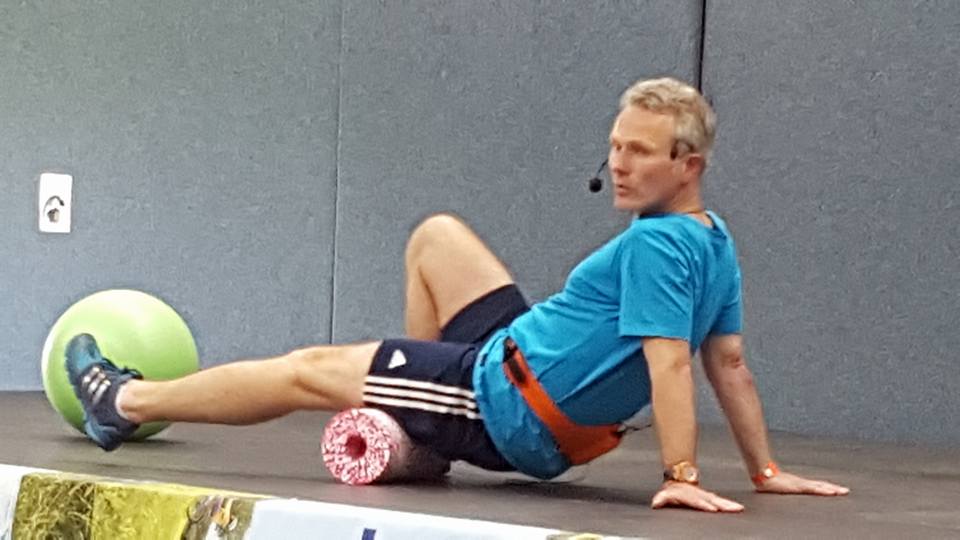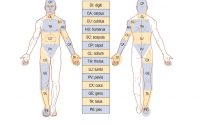Tensor Fascia Latae Muscle Structure and Activation in Individuals with Lower Limb Musculoskeletal Conditions
 Tensor fascia latae (TFL) muscle is often implicated in many musculoskeletal disorders of the lower limbs TFL is attached to the ITB, and it has been suggested that dysfunction of TFL could increase hip internal rotation, increased ITB tension, and inhibition leading to a weakening of gluteal muscles. These conditions could result in suboptimal patellofemoral joint and ITB syndrome. Treatments have suggested recruiting gluteal muscles and minimising TFL activity and stretching the ITB. However, scientifically these have not been well-studied. Researchers from the University of Queensland conducted a systematic review of the literature to determine whether there are differences in the structure and activation of TFL between individuals with and without lower limb musculoskeletal conditions. The study was reported in the Sports Medicine Journal.
Tensor fascia latae (TFL) muscle is often implicated in many musculoskeletal disorders of the lower limbs TFL is attached to the ITB, and it has been suggested that dysfunction of TFL could increase hip internal rotation, increased ITB tension, and inhibition leading to a weakening of gluteal muscles. These conditions could result in suboptimal patellofemoral joint and ITB syndrome. Treatments have suggested recruiting gluteal muscles and minimising TFL activity and stretching the ITB. However, scientifically these have not been well-studied. Researchers from the University of Queensland conducted a systematic review of the literature to determine whether there are differences in the structure and activation of TFL between individuals with and without lower limb musculoskeletal conditions. The study was reported in the Sports Medicine Journal.
The review included 17 studies with a total of 556 participants, 8 studies reported structure and 10 on activation of the TFL muscle. Conditions included lateral hip pain, hip joint pathology, ACL injury, iliotibial band syndrome, and patellofemoral joint osteoarthritis.
Statistical analysis indicated that
- There is low confidence of a small tendency towards hypertrophy in the affected side of participants with hip joint diseases
- Muscle structure: no difference in TFL morphology between people with hip joint pathology, lateral hip pain. There is a tendency on a higher cross-sectional area of the TFL compared to sartorius muscle in patients with abductor tendon tear. There is also a tendency of a smaller TFL volume in participants with patellofemoral joint osteoarthritis.
- There are some differences in the EMG pattern of TFL activation between individuals with lateral hip pain and controls. The timing of TFL activation did not differ in other conditions (including ITB Syndrome, ACL injury, and hip joint pathology).
The available literature of direct measures of the TFL muscle structure and activation does not support or refute whether there are differences between individuals with and without lower limb musculoskeletal conditions. There are contradictory findings on the muscle size of TFL. Differing methodology in muscle activation studies does not allow a clear comparison.


